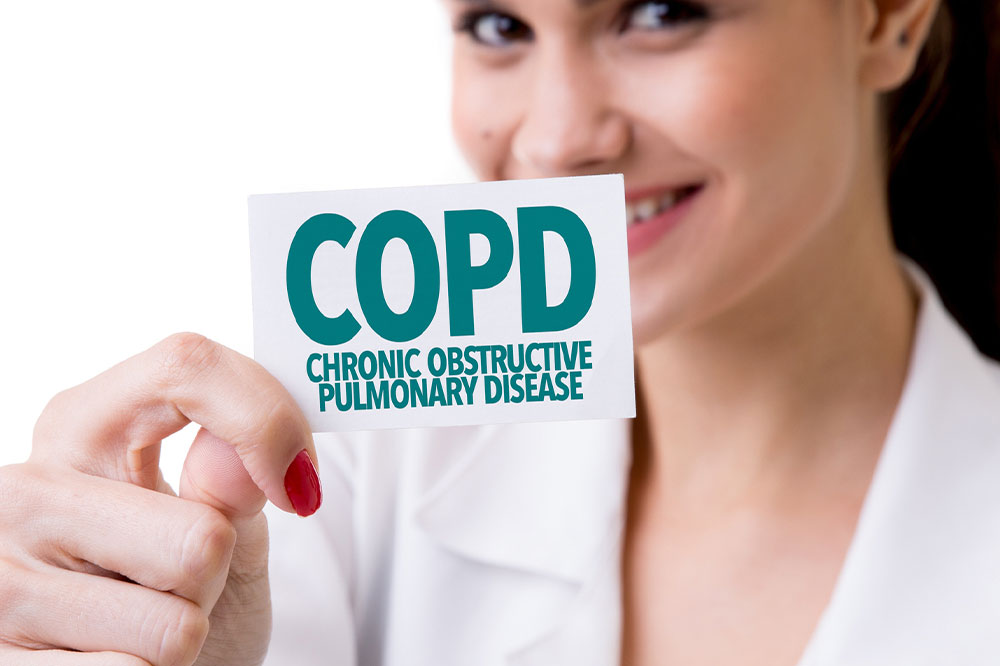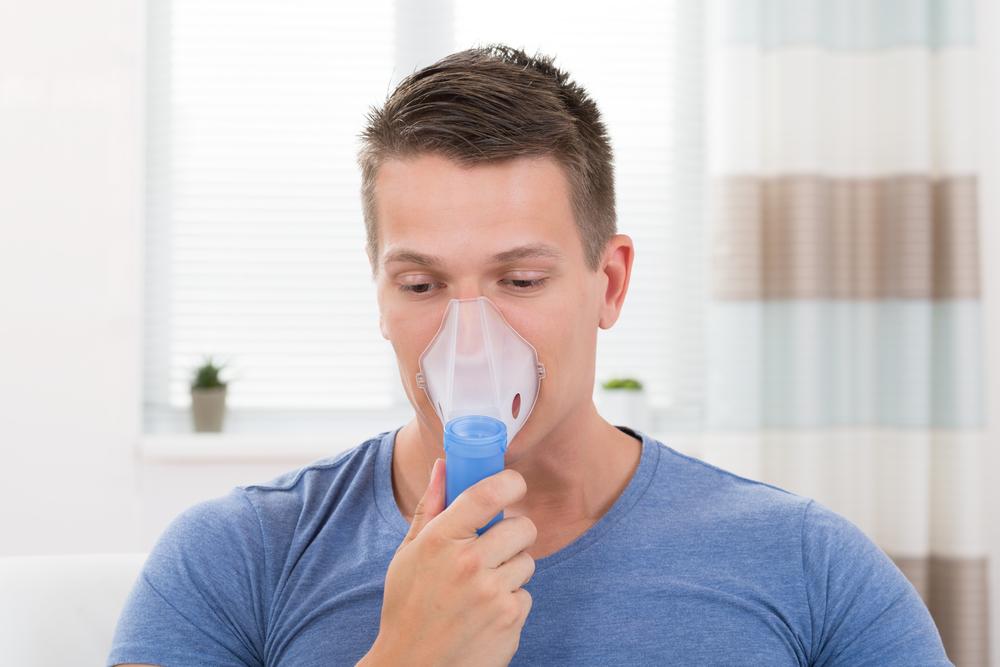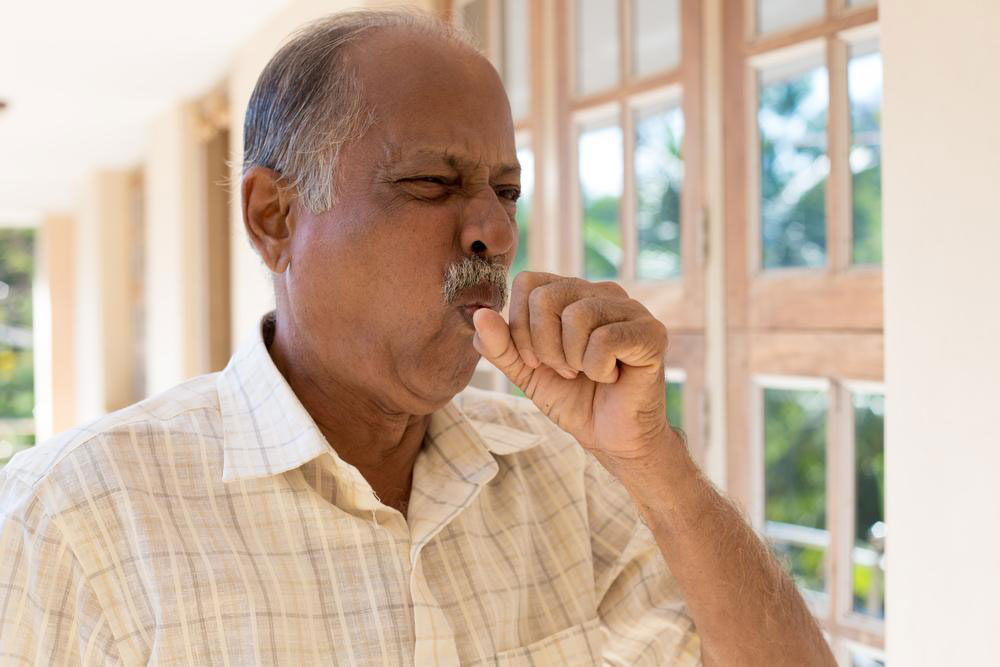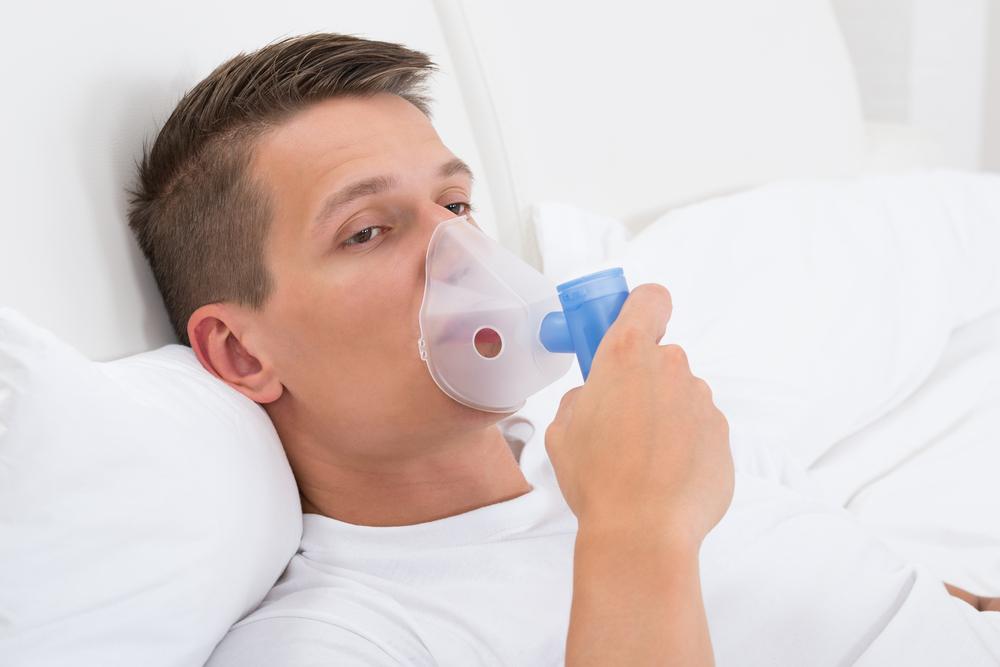Comprehensive Strategies for Managing COPD Effectively with Inhaler Treatments
This comprehensive guide explores effective COPD management strategies with a focus on inhaler treatments. It covers causes, symptoms, risk factors, and detailed information about different inhaler types and usage. Emphasizing lifestyle changes, early diagnosis, and proper medication use, the article aims to help patients and caregivers improve quality of life and prevent disease progression, making it an essential resource for anyone dealing with COPD or interested in respiratory health.
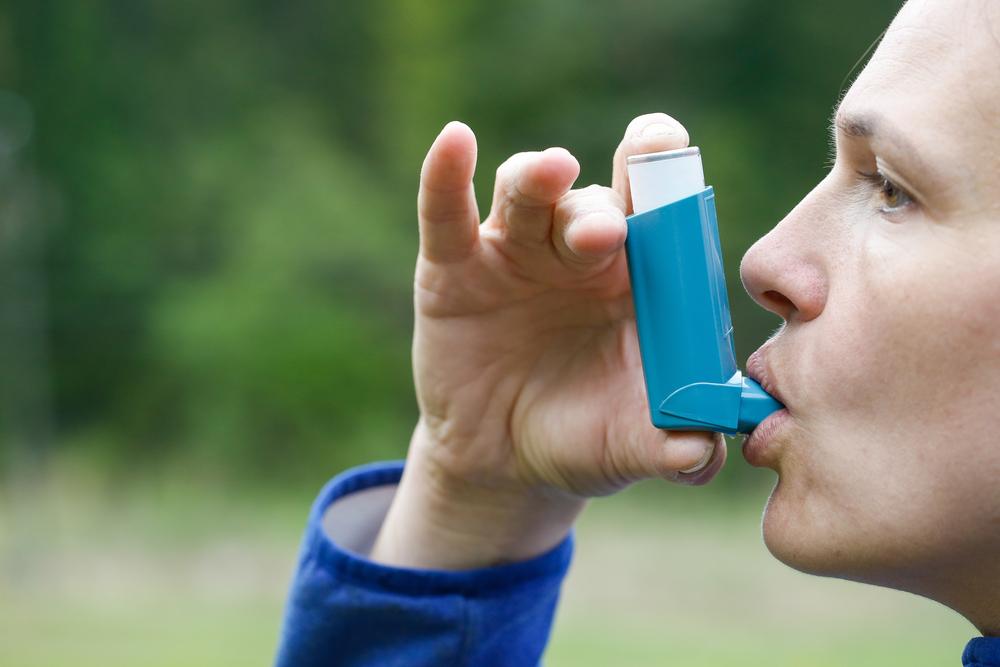
Chronic Obstructive Pulmonary Disease (COPD) represents a significant and growing health challenge worldwide. It is a progressive lung disorder characterized by persistent airflow limitation that makes breathing difficult. Understanding the underlying causes, symptoms, and treatment options is crucial for effective management and improving patients’ quality of life. This article provides an in-depth exploration of COPD, its causes, symptoms, risk factors, and especially focuses on the vital role inhaler treatments play in managing this chronic condition.
**Understanding COPD: The Basics**
Chronic Obstructive Pulmonary Disease, commonly known as COPD, is not a single disease but an umbrella term for a group of lung conditions that cause airflow obstruction. The two primary conditions that contribute to COPD are chronic bronchitis and emphysema. Both conditions damage the lungs in different ways but often occur together, compounding respiratory difficulties.
**Chronic Bronchitis and Its Impact**
Chronic bronchitis involves persistent inflammation of the bronchial tubes—the airways that carry air to the lungs. It is characterized by a cough that produces mucus, which lasts for at least three months in two consecutive years. The inflammation causes swelling and thickening of the airway walls, restricting airflow. Damage to the cilia, tiny hair-like structures lining the airways responsible for clearing mucus and debris, impairs this natural cleaning mechanism. Consequently, mucus accumulates, increasing irritation and airway blockage, which exacerbates breathing difficulties.
**Emphysema: The Alveolar Damage**
Emphysema involves damage to the alveoli, the small air sacs within the lungs where gas exchange occurs. Over time, the walls of alveoli weaken and rupture, leading to enlarged air spaces. This damage decreases the surface area available for oxygen intake and carbon dioxide removal, resulting in breathlessness and reduced oxygen levels in the blood. The loss of elasticity in alveoli also hampers their ability to recoil during exhalation, trapping air within the lungs and further impairing breathing.
**Recognizing the Symptoms of COPD**
Early stages of COPD often present with mild symptoms that resemble common coughs or lingering effects of smoking, leading to delayed diagnosis. However, persistent and progressive symptoms should never be overlooked. Key signs include:
Chronic cough, often worse in the mornings
Regular production of mucus or phlegm
Shortness of breath, especially during exertion
Chest tightness or wheezing
Fatigue and reduced exercise capacity
If such symptoms persist, it is essential to seek medical evaluation promptly. Early diagnosis allows for better management strategies and prevents disease progression.
**Risk Factors Contributing to COPD Development**
Several factors increase the likelihood of developing COPD. The most significant risk factor is cigarette smoking—accounts for the majority of cases worldwide. The harmful chemicals in cigarette smoke directly damage lung tissues and impair immune defenses. Other notable risk factors include:
Exposure to air pollutants, industrial fumes, and occupational dust
Prolonged exposure to indoor and outdoor pollution
Aging, which naturally reduces lung function over time
Genetic predispositions, such as alpha-1 antitrypsin deficiency—a rare inherited condition that damages lung tissue
Understanding these risk factors helps in taking proactive measures to prevent or delay the onset of COPD.
**Effective Management Strategies for COPD**
Managing COPD effectively involves a combination of lifestyle modifications, medical treatments, and preventive care. The primary goal is to reduce symptoms, improve quality of life, and prevent exacerbations and disease progression.
Lifestyle Changes
Quit Smoking: The most critical step in preventing further lung damage is smoking cessation. Various programs and medications are available to aid quitting.
Exercise and Pulmonary Rehabilitation: Regular, tailored exercise programs improve breathing efficiency and overall stamina. Pulmonary rehab combines education, exercise, and support to help patients manage symptoms better.
Healthy Diet and Hydration: Maintaining a balanced diet and adequate hydration supports immune function and helps manage symptoms.
Avoiding Triggers: Reducing exposure to cold air, dust, fumes, and other pollutants can prevent worsening of symptoms.
Medical Treatments and Pharmacotherapy
Medication plays a central role in COPD management, particularly inhaler treatments which directly target the lungs. The main categories include:
Bronchodilators: Relax airway muscles, widening air passages to relieve shortness of breath. Types include beta-agonists (like albuterol) and anticholinergics (like ipratropium).
Corticosteroids: Reduce airway inflammation, often used during exacerbations or in combination with bronchodilators.
Combination Inhalers: Contain both bronchodilators and steroids for synergistic effects.
Nebulizers and Spacer Devices: Offer alternative inhalation devices for ease of use, especially for severe cases or those with difficulty using standard inhalers.
Inhaler Options and Proper Usage
The correct use of inhalers is vital for effective COPD management. Types include:
Metered-Dose Inhalers (MDIs): Deliver a specific dose using pressurized propellants.
Breath-Activated Inhalers: Release medication automatically when the user inhales.
Spacer Devices: Attach to inhalers to enhance drug delivery and reduce oral deposition.
Nebulizers: Convert liquid medication into a fine mist inhaled through a mask or mouthpiece.
Proper inhaler technique, regular cleaning, and adherence to prescribed medication schedules are essential for optimal results.
Preventive Measures and Regular Monitoring
Prevention is the best approach to combating COPD. Measures include:
Avoiding smoking and environmental pollutants
Getting vaccinated against influenza and pneumonia to prevent infections that worsen COPD
Routine lung function tests for early detection and monitoring disease progression
Regular check-ups with healthcare providers to adjust treatment plans as needed
Patients should also be educated about recognizing signs of exacerbations and when to seek emergency care. Empowered patients can better manage their condition and maintain a more active, healthier lifestyle.
**Conclusion**
Chronic Obstructive Pulmonary Disease remains a major health concern worldwide, but with advances in inhaler treatments and comprehensive management strategies, patients can lead more comfortable and active lives. Quitting smoking, adopting healthy habits, and adhering to prescribed inhaler therapies are key components of successful COPD management. Early diagnosis and proactive care not only improve quality of life but also extend life expectancy. Protect your lung health today by understanding your risks and implementing effective management practices for a healthier future.
